Audio Episode
[ppp_patron_only level=5]
[/ppp_patron_only]
Introduction
Welcome to the Academic Vocabulary Challenge, focusing on the fascinating field of Cultural Studies! This area of study explores how culture shapes our world and how power operates within our daily lives. To engage with these powerful ideas, you need to command the specific language that scholars use.
This quiz is more than just a test; it’s an interactive learning experience designed to demystify the often-intimidating vocabulary of academic texts. Whether you’re a university student, a lifelong learner, or simply someone who wants to think more critically about the world, this quiz will help you.
By completing this activity, you will:
- Unlock Academic Texts: Master 20 foundational terms that will allow you to read and understand complex articles and books on culture, society, and power.
- Learn in an Academic Context: Each question places you in a realistic academic scenario, showing you how these terms are used in actual analysis and debate.
- Grasp Nuanced Differences: Through detailed hints and feedback for every option, you’ll learn the subtle but crucial distinctions between related concepts (like hegemony and ideology).
- Enhance Your Critical Thinking: Learning this vocabulary provides you with a new toolkit for analyzing film, art, politics, and your own cultural experiences.
Prepare to challenge your thinking and acquire the vocabulary you need to participate in high-level academic conversations. Let’s begin.
Learning Quiz
This is a learning quiz from English Plus Podcast, in which, you will be able to learn from your mistakes as much as you will learn from the answers you get right because we have added feedback for every single option in the quiz, and to help you choose the right answer if you’re not sure, there are also hints for every single option for every question. So, there’s learning all around this quiz, you can hardly call it quiz anymore! It’s a learning quiz from English Plus Podcast.
[ppp_patron_only level=5]
[/ppp_patron_only]
Quiz Takeaways
Hello and welcome. If you’ve just taken the quiz, congratulations on wrestling with some of the most powerful and complex ideas in academia. If you haven’t, I encourage you to try it. The vocabulary we’ve just explored is the toolkit for Cultural Studies, a field that asks big questions: How does culture shape who we are? And how does power really work in our society?
Let’s organize these big ideas into a few connected themes to see how they build on one another. We’ll look at: the systems of power and belief; the nature of identity and the self; how we represent and understand “the other”; and finally, the tools we use to analyze culture.
First, let’s talk about power. When we think of power, we often think of force—the police, the military. But Cultural Studies, drawing on thinkers like Antonio Gramsci, is often more interested in a subtler kind of power. This is where we get the crucial term hegemony, which we saw in question #1. Hegemony is not rule by force, but rule by consent. It’s the process by which a dominant group makes its own values and beliefs seem like ‘common sense’ to everyone.
How does it do this? Through ideology (question #18). An ideology is a system of beliefs and values—like the ideology of consumerism, or the ideology of the traditional family. Hegemony is the process of making a particular ideology so pervasive through schools, media, and other institutions that it feels natural and inevitable. The dominant ideas are held within a particular paradigm (questions #16 and #19), which is a model or framework that shapes how we see the world.
These ideas are spread and reinforced through discourse (question #12), a concept from Michel Foucault. Discourse is more than just language; it’s the entire system of knowledge that defines and controls a topic. The medical discourse, for example, isn’t just medical jargon; it’s the power of doctors, the design of hospitals, the way we think about health and illness. Discourse shapes our reality.
This brings us to our second theme: identity and the self. If our reality is shaped by these powerful external forces, what does that mean for who we are? Cultural Studies uses the term subjectivity (question #2) to describe our sense of self. It argues our subjectivity isn’t born, but made. We are ‘subjects’ of the discourses and ideologies we live within.
However, this doesn’t mean we are just robots. We still have agency (question #10), the capacity to act and make choices within the constraints of our world. The constant interplay between social structures and individual agency is a central drama of cultural analysis.
Our identities are also political. The term identity politics (question #6) refers to political action that starts from the shared experience of a particular identity group—be it gender, race, or sexuality. A vital concept that emerged from identity politics is intersectionality (question #7). Coined by Kimberlé Crenshaw, this term highlights that identities are not separate. One cannot understand the experience of a Black woman by simply adding the experience of being Black to the experience of being a woman. These identities intersect to create a unique experience of the world and a unique position within structures of power.
Our third theme is the representation of “the other.” How do cultures define themselves? Often, by defining what they are not. This involves the construction of an “other,” a concept known academically as alterity (question #17). The “us” vs. “them” mentality is a powerful cultural force.
When this is done on a societal level, it can lead to ethnocentrism (question #20), the act of judging another culture by the standards of your own. A powerful, historical example of this is Orientalism (question #9). As Edward Said defined it, Orientalism was a Western discourse that created a romanticized, inferior, and exotic idea of “The Orient” (the Middle East and Asia). This wasn’t just a collection of stereotypes; it was a system of knowledge that justified Western imperialism.
This leads to questions about who gets to speak and who is silenced. The term subaltern (question #15) refers to those groups so marginalized they are outside the main structures of power and are often unable to have their voices heard. And the study of representation (question #4) examines how media and art portray different groups, and the ideological consequences of those portrayals.
Finally, how do we analyze all of this? Cultural Studies gives us a set of powerful analytical tools. One of these is semiotics (question #5), the study of signs. A semiotic analysis breaks a cultural product—like a film or an advertisement—down into its signs and symbols to uncover its deeper meanings.
Another key tool is deconstruction (question #11), from the philosopher Jacques Derrida. To deconstruct a concept is to take it apart to show how it’s built on unstable foundations and hidden hierarchies. It’s a way of revealing that meanings we take for granted as “natural” are actually cultural constructions.
Many of these ideas—the blending of styles, the skepticism of grand truths, the focus on construction—are hallmarks of postmodernism (question #8). It’s a movement that rejects rigid rules and embraces playfulness, irony, and pastiche.
From the in-between state of liminality felt by an immigrant (question #14), to the painful act of cultural appropriation where one culture takes from another without respect (question #13), these terms give us a language to describe the complex dynamics of our world.
By mastering this vocabulary, you’re not just learning words. You’re acquiring a new lens through which to view the world, a toolkit for critical thinking that allows you to see the hidden structures of power and meaning that shape our lives.
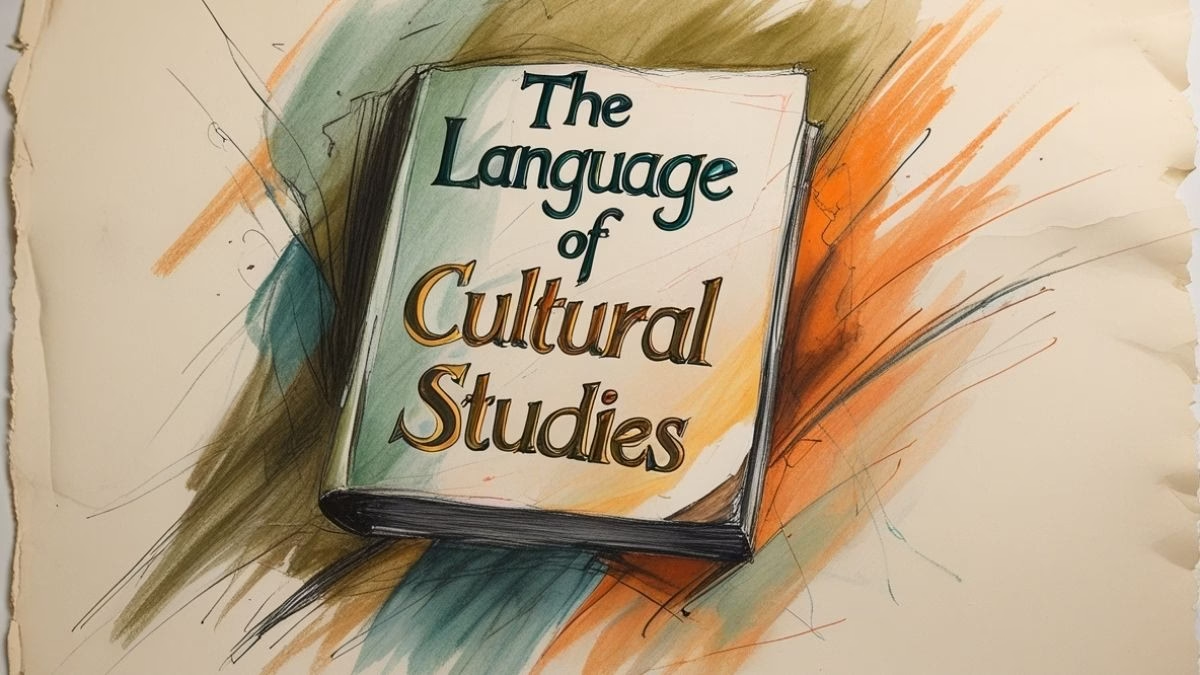
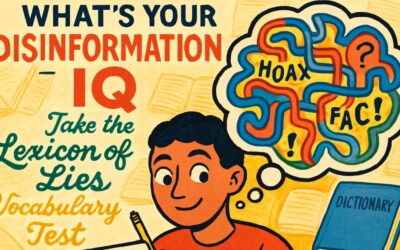


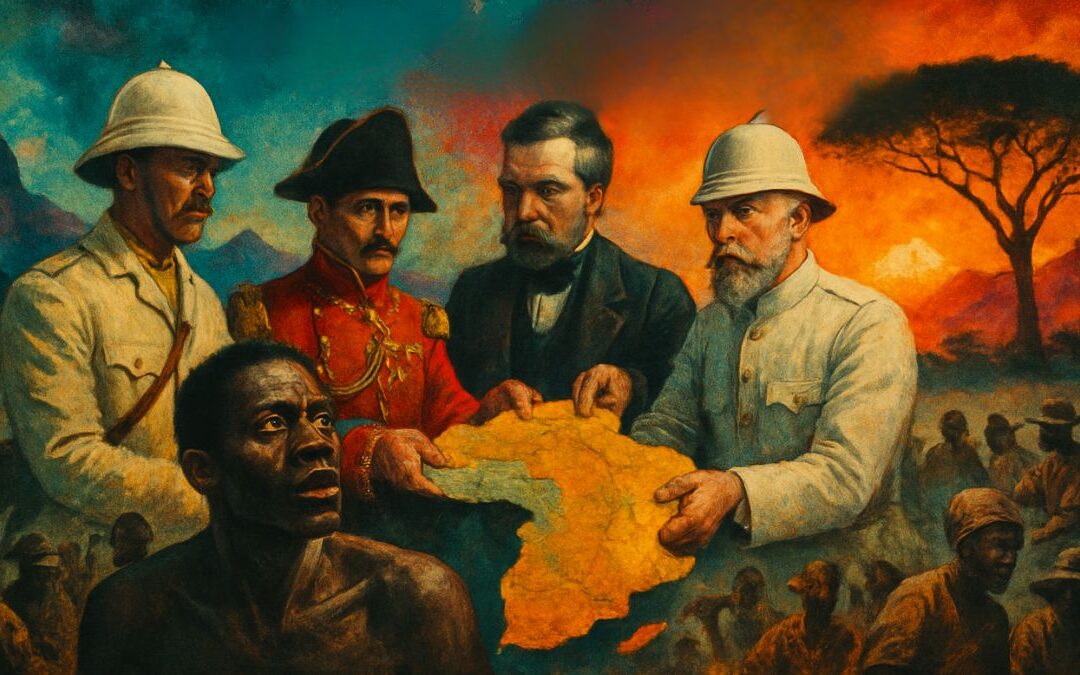
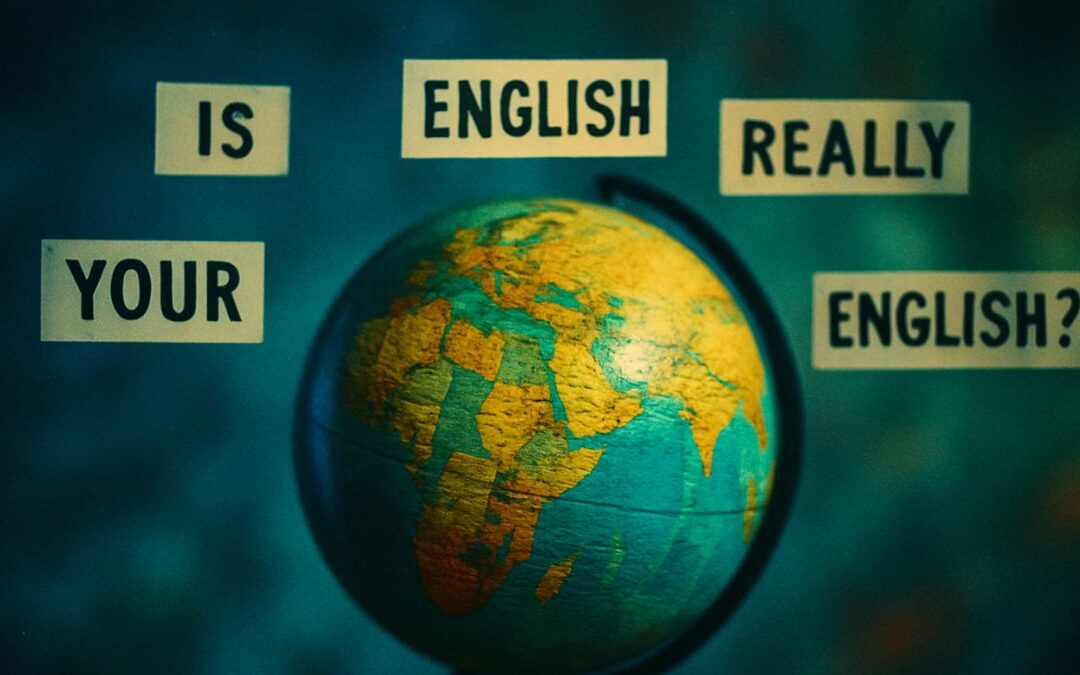
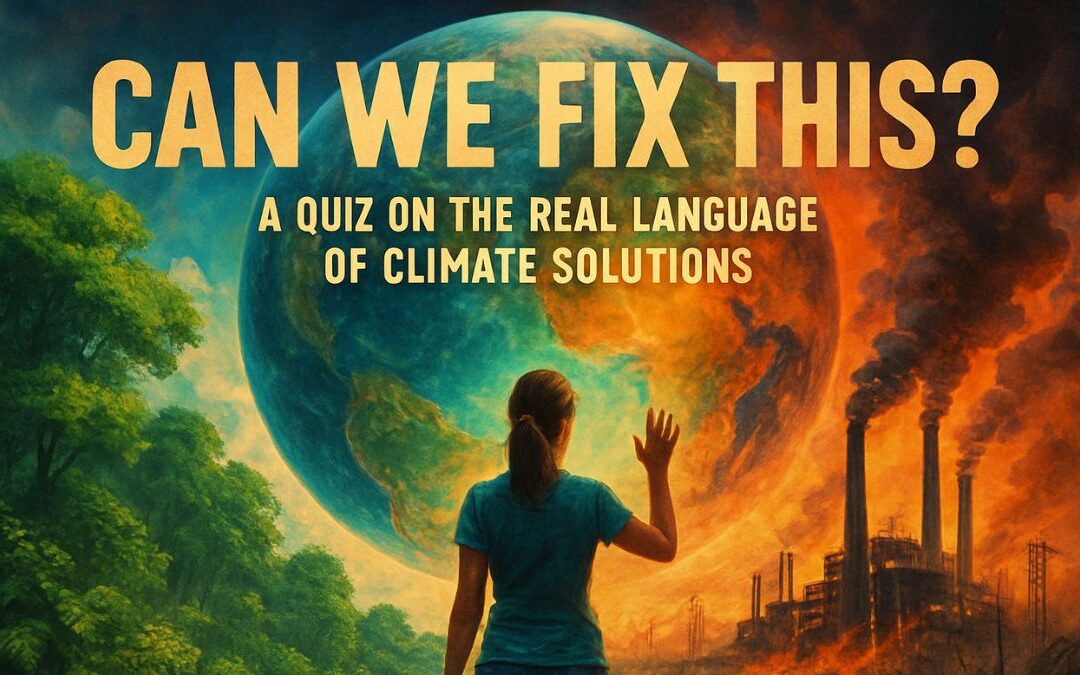

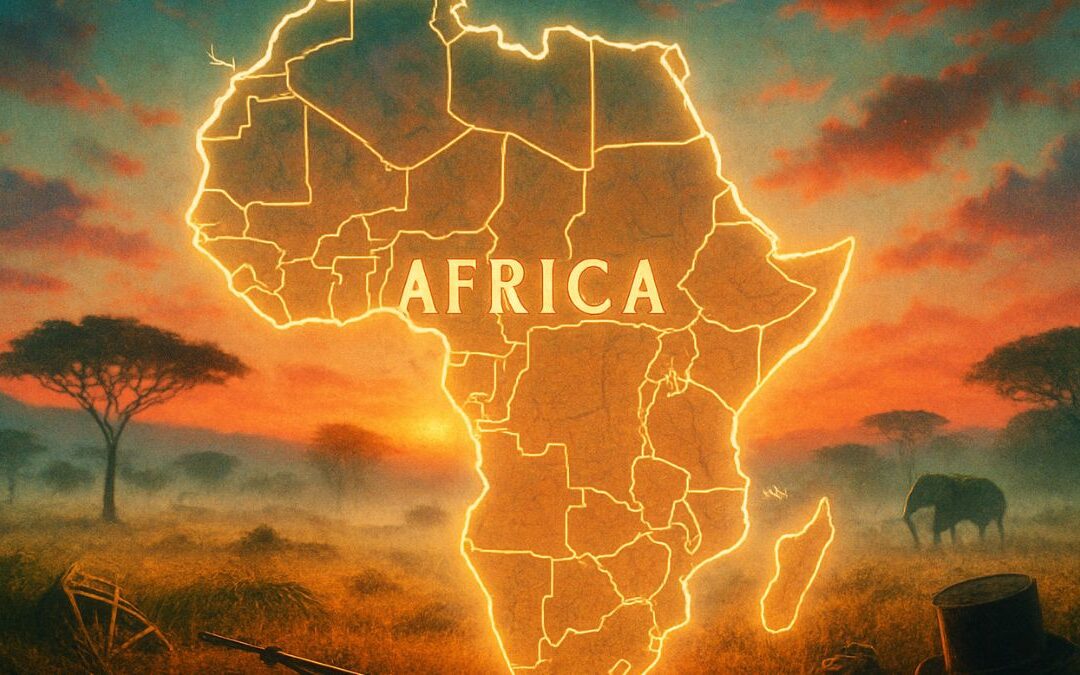
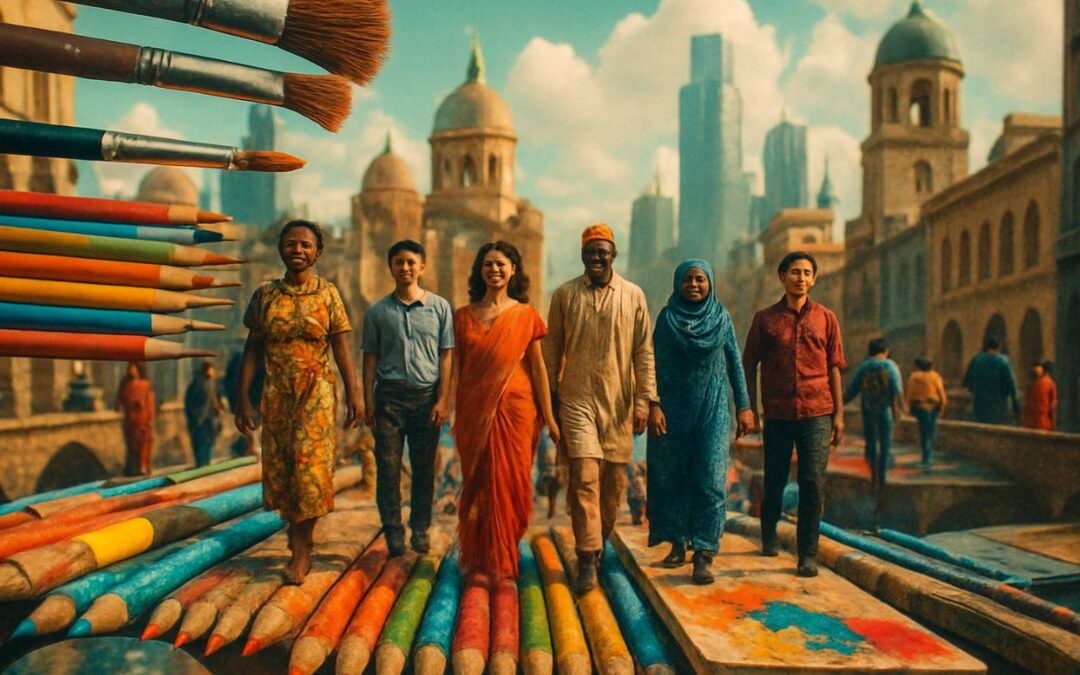
0 Comments